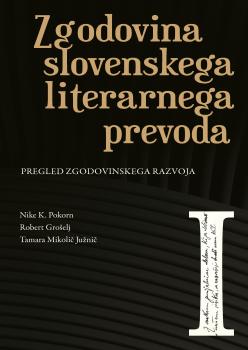Translation in the Carinthian Linguistic variant: Urban Jarnik and His Contemporaries
Synopsis
Throughout the 19th century, translation activity in Carinthia was characterised by a distinct linguistic asymmetry, with German being the official and main language of communication, while Slovene was written in regional variants, and literary Slovene was still being formed deep into the second half of the century. The first prominent translators from German and other languages into Slovene were the priest and poet Urban Jarnik and the autodidact Andrej Schuster-Drabosjak, who adapted German templates writing his own texts in the local dialect. By translating some of Jarnik’s poems, the poet Johann Georg Fellinger provided the first translations of Slovene poetry into German around 1812. The first boom in translation activity, which initially served religious-educational purposes, can be recorded in the 1830s at the Klagenfurt seminary under the influence of Anton M. Slomšek, and reached its peak after 1850, when, thanks to Anton Janežič, editor of the first Slovene literary periodical, the Mohorjeva book programme and the collection Cvetje iz domačih in tujih logov [Flowers from the local and foreign groves], Klagenfurt established itself not only as a literary organisational centre, but also as a centre for the transmission of translated literature into Slovene, even though there were not a large number of native translators. With the development of original Slovene literature, translated literature began to lose importance after 1865, and continued to decline.


